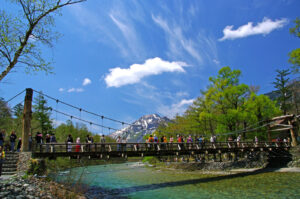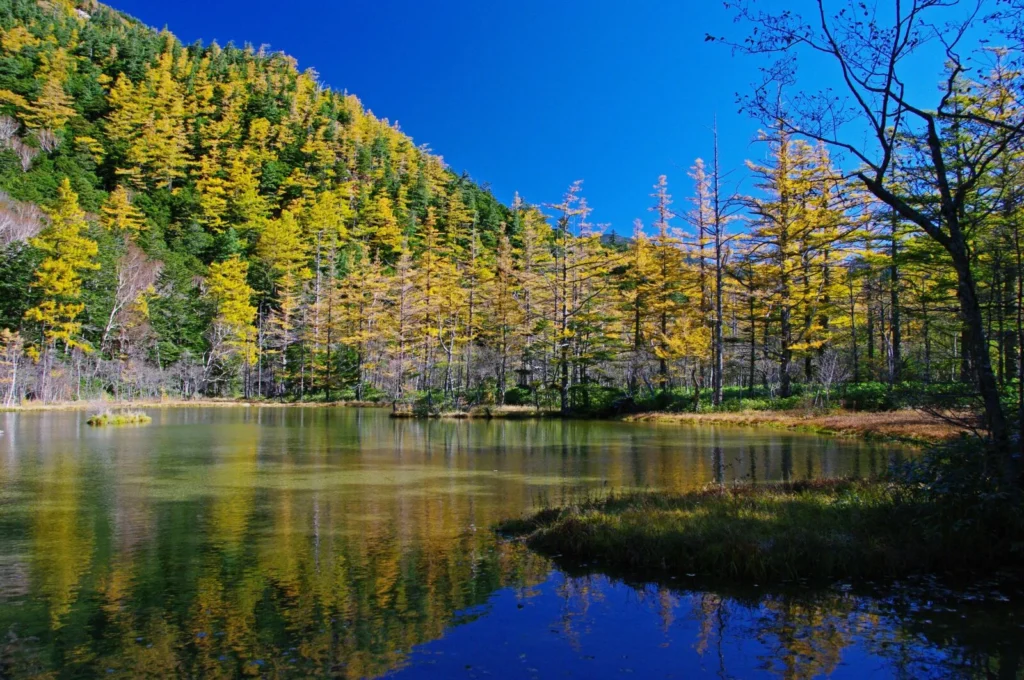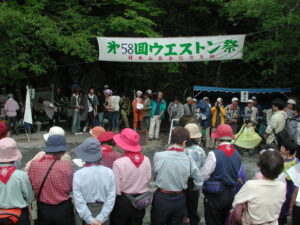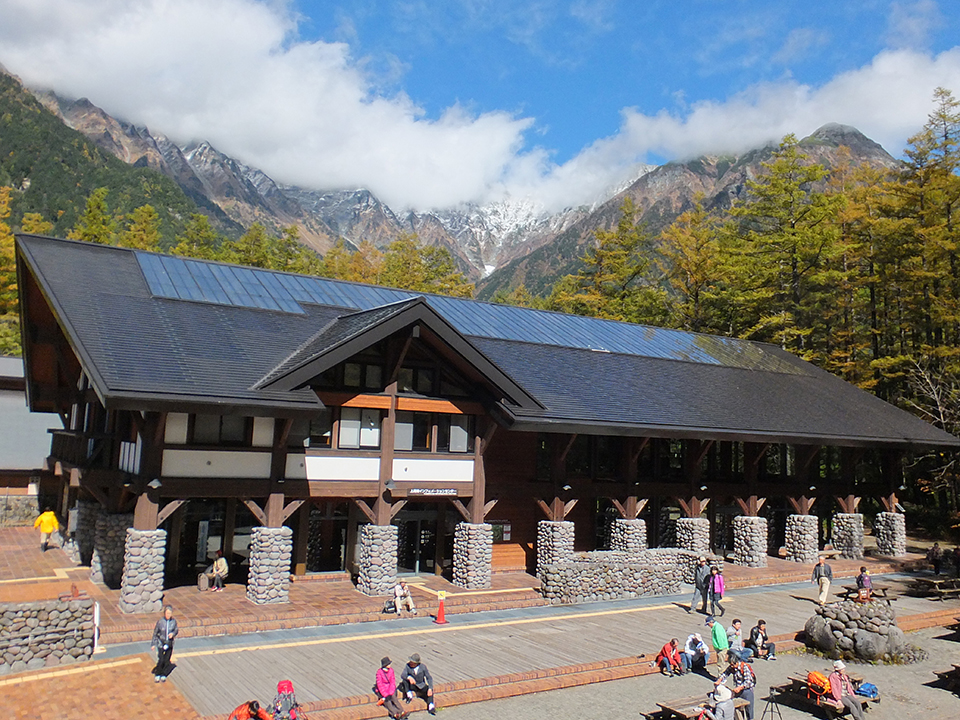The topic of sightseeing in Kamikochi is a tough one to tackle in brief, the reason being that there’s just so much to see. If, for example, you take the bus from Sawando to Kamikochi Bus Terminal and never look back, you’ve already missed two prime spots: the wonderful Taisho Pond and the delightfully subdued Tashiro Pond.
Sightseeing in Kamikochi




-1024x801.jpg)














-2-1024x768.jpg)







